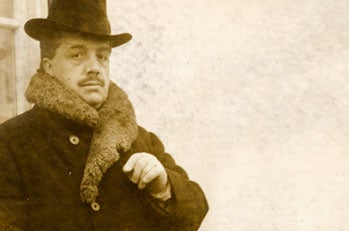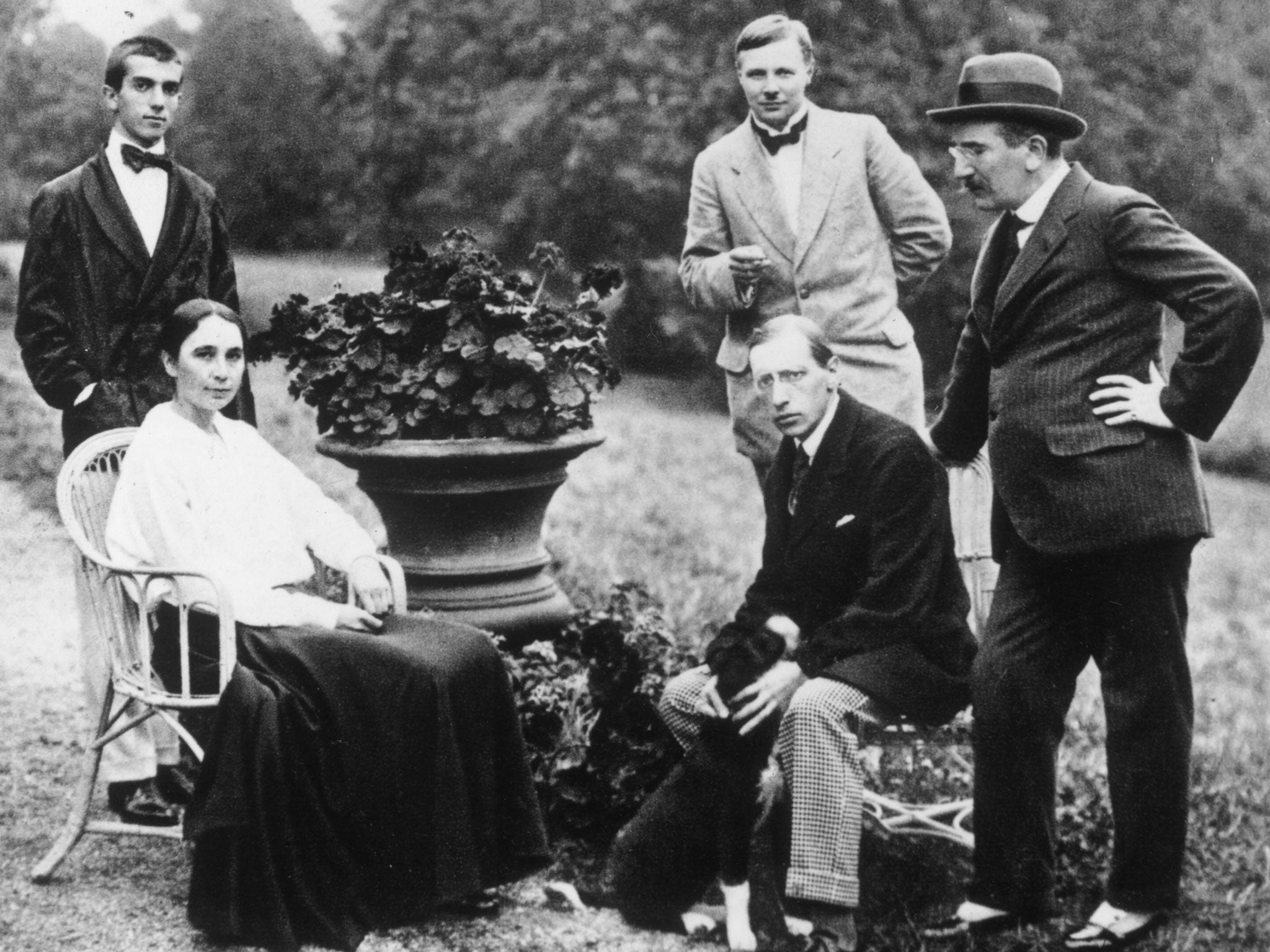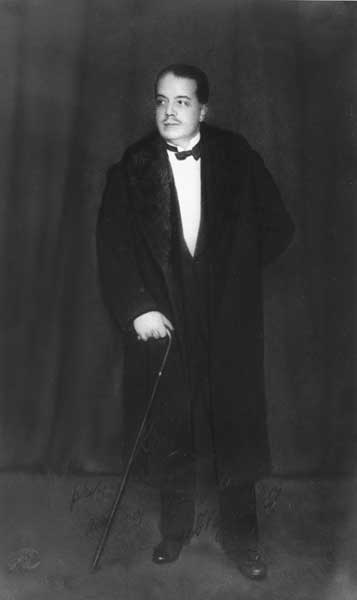Sergei Diaghilev: Who was this Russian art critic and Ballet Russes founder?
Today's Google Doodle captures the great theatrical producer in his element

Today marks what would have been the 145th birthday of Sergei Diaghilev, the great Russian dance impresario, art patron and founder of the Ballet Russes, an anniversary celebrated in the latest Google Doodle.
From a childhood bereavement that shaped his character to his rise to the top of the European art scene, here are five things to know about this extraordinary man.
1. Theatrical entrepreneur celebrated in Google Doodle born the heir to a vodka fortune
Diaghilev was born into a well-to-do family in Selishchi, Novgorod Oblast, in western Russia on 31 March 1872. Heir to a chain of vodka distilleries, Diaghilev was raised in Perm by his cavalry officer father Pavel Pavelovich and stepmother Elena Valerianovna Panaeva following the death of his mother, Yevgeniya Yevreinova, when he was a child.
Panaeva was affectionate to the young Sergei and proved to be one of the key influences in his life, crucially encouraging his early enthusiasm for music.
2. Discouraged from becoming a composer by Rimsky-Korsakov
Diagheliv’s family went bankrupt when he turned 18 and the young Sergei was forced to support them on an inheritance willed to him by his late mother. This setback did not prevent him commencing a law degree at St Petersburg University, although he soon abandoned the endeavour in order to pursue his true passion and study music at the St Petersburg Conservatory.
Graduating in 1892, Diaghilev initially abandoned composition with a heavy heart on the advice of his tutor, one Nikolai Rimsky-Korsakov, who told him frankly that he lacked talent. Ultimately determined to prove the professor wrong, Diaghilev wrote to his stepmother in 1894 declaring his intention to pursue a more practical line by working to promote other musicians.
In 1897, Diaghilev and his literary circle founded the World of Art, a cutting-edge journal backed by the director of the Russian Private Opera Company and Maria Tenisheva, a wealthy princess. Two years later, the ever-industrious young entrepreneur took a job as a special assistant to Prince Sergei Mikhaylovich Volkonsky, owner of the Imperial theatre chain, where he masterminded a string of popular productions.
It was at this time that Diaghilev began embracing a more flamboyant mode of dress and entered, quietly, into a homosexual relationship with his first cousin, Dmitry Filosofov, later a well-known writer and journalist.

3. The Ballet Russes took Paris by storm from its first night
Diaghilev’s blossoming reputation in the art world eventually took him to Paris where he settled after visiting with a tour of Russian folk operas. It was here in 1909 that he founded the legendary Ballet Russes.
The company quickly became a sensation, celebrated for scrapping the starched traditions of the form in favour of original scores and wild new choreography, costumes and stage sets designed by the leading lights of the belle époque avant-garde – Henri Matisse, Pablo Picasso, Jean Cocteau and Coco Chanel among the names offering creative ideas over the years and contributing to the likes of Parade, Le Tricorne, Pulcinella and Le Train Bleau.
Key to the Ballet Russes's success was the extraordinary calibre of its dancers, with principles Vaslav Nijinsky and Anna Pavlova becoming bywords for excellence in the wake of their triumphant opening night in Michel Fokine’s Le Festin.

4. Commissions Stravinsky's Rite of Spring
Diaghilev had a knack for attracting the cream of European musical talent to work with the Ballet Russes – even his old nemesis Rimsky-Korsakov was persuaded to permit his operas The Maid of Pskov, May Night and The Golden Cockerel to be performed.
Works by Debussy, Ravel, Erik Satie, Richard Strauss, Prokofiev, Ottorino Respighi and Francis Poulenc were all staged in the company’s great days.
Diaghilev had several important creative relationships throughout his life – not least with Nijinsky, with whom he had an affair – but perhaps the most ground-breaking was with fellow Russian Igor Stravinsky. It was Diaghilev who commissioned Stravinsky to write The Firebird, Petrushka and The Rite of Spring, the latter famously provoking riots at its premiere at the Theatre des Champs-Elysees in May 1910, angering the public in its radical departure from expectations.
5. Dies in Venice and inspires The Red Shoes
The Ballet Russes was briefly disbanded at the onset of the First World War before being reconvened in 1915 to tour the Americas. The Russian Revolution in turn prevented Diaghilev from ever seeing his homeland again.
One financially-disastrous production of Tchaikovsky's Sleeping Beauty in London aside, he enjoyed phenomenal success and continued to oversee the running of his company until his death from diabetes in Venice in 1929, a tragically ironic place to die for a man with a chronic fear of water.
Still a revered figure in the ballet world, the great impresario’s legend was set in stone by Anton Walbrook’s portrayal of the stern, exacting taskmaster Lermontov in Michael Powell and Emeric Pressburger’s classic film The Red Shoes (1948), a thinly-disguised portrait of this temperamental genius.
Join our commenting forum
Join thought-provoking conversations, follow other Independent readers and see their replies
Comments